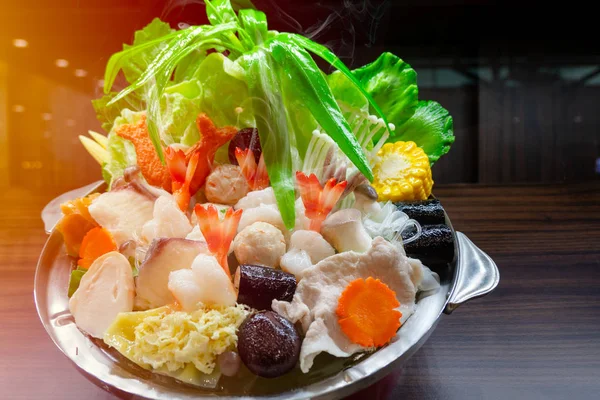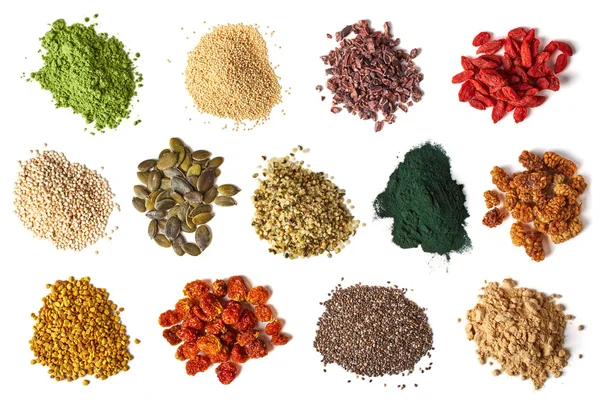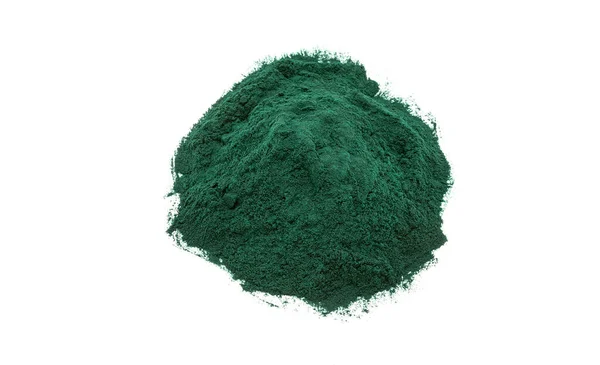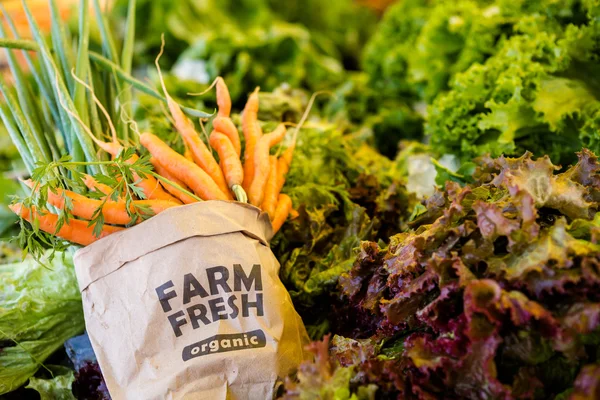In this comprehensive guide, we delve into the global phenomenon of counterfeit foods, exploring 11 of the most faked food items and providing practical insights on how consumers worldwide can detect and avoid fraudulent products.
In a culinary world fraught with deception, counterfeit foods threaten authenticity and consumer trust globally. From the bustling markets of Asia to the gourmet shops of Europe, the specter of food counterfeiting knows no borders. Additionally, we shine a light on the countries most affected by this menace, empowering readers to make informed choices regardless of their location.
1. Truffle Oil
Truffle oil, revered for its luxurious aroma and flavor, is a prime target for counterfeiters worldwide. From the bustling streets of Italy to the gourmet shops of New York City, synthetic truffle impostors abound. To identify authentic truffle oil, consumers should scrutinize labels for real truffle ingredients and be wary of terms like ‘truffle flavoring’ or ‘aroma.’ For example, a consumer in Italy may seek out truffle oil from reputable local producers, while a shopper in the United States may opt for imported bottles from trusted European brands.
2. Maple Syrup
The maple syrup market is rife with deception, with counterfeit products infiltrating shelves from Canada to Japan. While authentic maple syrup primarily originates from Canada, consumers worldwide must remain vigilant against blends containing cheap additives like corn syrup. Labels indicating 100% purity and origin provide reassurance of authenticity. For instance, a consumer in Japan may look for certified Canadian maple syrup brands, while a shopper in Brazil may prefer locally sourced options from trusted producers.
3. Parmesan Cheese
Parmesan cheese, a culinary cornerstone in cuisines worldwide, faces imitation challenges in countries spanning from Italy to the United States. Counterfeit versions may contain fillers like rice flour or cellulose, diluting the authenticity of this esteemed cheese. Look for ‘Parmigiano-Reggiano’ markings for assurance of origin and quality. For example, consumers in the United States may seek out imported Parmigiano-Reggiano from Italy, while those in Australia may opt for locally produced varieties with PDO certification.
4. Vanilla
The vanilla industry grapples with counterfeit products globally, with imitation vanillin and non-vanilla bean sources flooding the market. Consumers must scrutinize ingredients lists and trust their senses to detect the distinctive aroma and taste of real vanilla, regardless of their location. For instance, consumers in Indonesia may opt for locally grown vanilla beans, while those in France may prefer imported Madagascar vanilla for its renowned quality.
5. Honey
Honey, cherished for its natural sweetness and health benefits, confronts counterfeit challenges in countries ranging from China to Argentina. Fraudulent honey may be adulterated with cheap additives, posing risks to consumers worldwide. Opting for raw honey from trusted local sources remains paramount in safeguarding against counterfeit varieties. For example, consumers in China may seek out honey from reputable local beekeepers, while those in Argentina may opt for organic varieties from certified producers.
6. Wagyu Beef
Wagyu beef, renowned for its unparalleled marbling and tenderness, faces misrepresentation in countries spanning from Japan to the United States. Consumers should research the source and quality standards of ‘Wagyu’ offerings to ensure authenticity, regardless of their geographical location. For instance, consumers in Japan may look for A5-grade Wagyu from reputable Japanese producers, while those in the United States may opt for domestically raised Wagyu with traceability certification.
7. Coffee
Coffee, a daily indulgence enjoyed by millions globally, is not immune to counterfeiting in countries ranging from Colombia to Ethiopia. Counterfeit coffee may be blended with cheaper beans or imitation varieties, compromising quality and flavor. Purchasing coffee from reputable sources or directly from roasters remains essential in ensuring authenticity. For example, consumers in Ethiopia may prefer single-origin coffee from local growers, while those in Colombia may opt for Fair Trade certified beans from established cooperatives.
8. Saffron
Saffron, the world’s most expensive spice, faces counterfeiting challenges in countries spanning from Iran to Spain. Consumers worldwide must be vigilant against fake saffron containing artificial dyes or filler ingredients. Authentic saffron threads boast a deep red color and distinct aroma, regardless of their country of origin. For example, consumers in Spain may seek out locally grown saffron from certified producers, while those in Iran may opt for saffron with PDO certification for its guaranteed quality.
9. Extra Virgin Olive Oil (EVOO)
Extra virgin olive oil (EVOO), prized for its exceptional quality and flavor, confronts counterfeit challenges in countries ranging from Italy to Greece. Consumers should look for certifications like PDO (Protected Designation of Origin) or PGI (Protected Geographical Indication) to ensure the authenticity and quality of EVOO products, regardless of where they are purchased. For example, consumers in Italy may opt for EVOO with DOP certification from renowned olive groves, while those in Greece may prefer PGI-certified olive oils from specific regions known for their superior quality.
10. Spices
Spices, essential ingredients in diverse culinary traditions, are susceptible to counterfeiting in countries ranging from India to Morocco. Consumers worldwide should opt for whole spices over ground varieties and avoid spice blends containing fillers or artificial flavors to ensure authenticity and quality. For example, consumers in India may prefer whole spices sourced directly from local markets, while those in Morocco may opt for organic spices from certified cooperatives.
11. Fish
Fish, a vital source of nutrition and flavor, confronts challenges with mislabeling and fraudulent practices in countries spanning from Japan to the United States. Consumers should purchase fish from trusted sources with transparent supply chains, guarding against mislabeled species or seafood fraud, regardless of their geographical location. For example, consumers in Japan may seek out fish from local fish markets with traceability certification, while those in the United States may opt for wild-caught fish from sustainable fisheries with MSC certification.
Opportunities for Farmers and Food Traders
In an era plagued by counterfeit foods, farmers and food traders worldwide have a pivotal role in upholding the integrity of their products. Implementing stringent quality control measures, investing in traceability technologies, and cultivating transparent relationships with consumers are essential steps in combating counterfeit practices. Certifications like PDO and PGI can authenticate products, providing assurance of quality and authenticity to consumers globally.
Conclusion
As the global fake food epidemic continues to proliferate, consumers worldwide must remain vigilant and informed to safeguard against deception. By understanding the common scams and markers of authenticity outlined in this guide, consumers can make informed choices regardless of their location, ensuring that every culinary experience is a true delight.
Moreover, farmers and food traders have the opportunity to uphold the integrity of their products, foster consumer trust, and contribute to a more transparent and genuine food system on a global scale.




